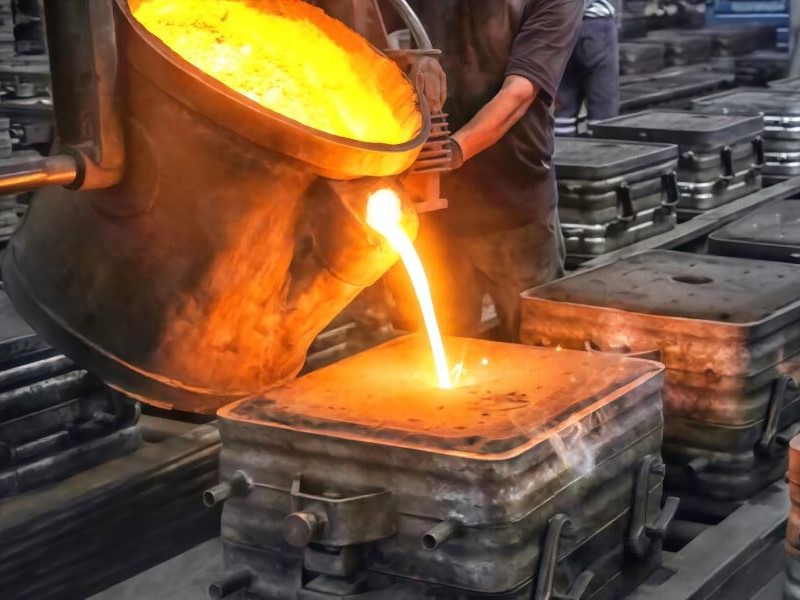The quality of a casting product significantly impacts an organization's efficiency and productivity. This professional-grade article deep-divers into the intricacies of casting, explaining the factors influencing its product quality.
One of the oldest known techniques for shaping metals, casting involves melting and moulding a metal into a particular shape. Despite its ancient roots, novel advancements and intricate factors continue to govern casting product quality.
Firstly, the Material Selection is a primary determinant. The type of metal used, its meltability, and shrinkage patterns all play an integral role. For instance, certain materials like aluminum and steel offer greater flexibility and durability, enhancing the overall product quality.
Secondly, the Casting Process adopted governs product output. Techniques like die casting, sand casting, or investment casting each have different pros and cons. Careful consideration of the design and purpose of the end product is crucial in making an optimal choice.

The Pouring Temperature is another significant factor; too high, and the material could vaporize or form casting defects. Conversely, too low a temperature might prevent complete filling of the mold. Thus, maintaining a balance is key.
A superlative control of Filling Time and Pouring Rate is necessary to enhance the casting product's integrity. Over-rapid filling can lead to air entrapment or turbulent flow, causing defects in the final product.
Mold characteristics, including Mold Material, Design, and Temperature, are pivotal factors. The material affects the cooling rate, influencing the crystalline structures in the casting. A well-designed mold eases the withdrawal of the finished product without damaging it. Moreover, an optimal mold temperature prevents premature solidification or thermal shock.
The Gating System design entails the correct positioning and sizing of the channels that guide molten metal into the mold or cavity. The complexity of the part, the type of mold material, and the casting method influence this design. An effective gating system ensures attributes like adequate feed metal, smooth filling, and minimal turbulence.
Metallurgical Factors like segregation, dendrite formation, porosity, and inclusions also affect casting quality. Hence, ensuring consistency in the metallurgical properties of the molten metal used for casting is essential.
Process simulation can predict casting defects, solidification profiles, and stress distribution. Using this proactive approach helps in improving the quality of the final products.
Environmental Factors are often overlooked, but they too have a marked impact on casting quality. Conditions like humidity, atmospheric pressure, and temperature can influence the casting process. It is thus advisable to work in a controlled environment apt for casting.
Lastly, Inspection and testing methods employed must ensure no compromise on quality. Activities like dimensional inspection, visual examination, non-destructive testing, and chemical analysis help maintain high-quality standards.
In conclusion, effective casting is a meticulous process where every detail matters – from material selection to insightful inspection. By enriching our understanding of these determinants, it is possible to produce high-quality castings, thereby, delivering value, cost-effectiveness, and operational excellence.

